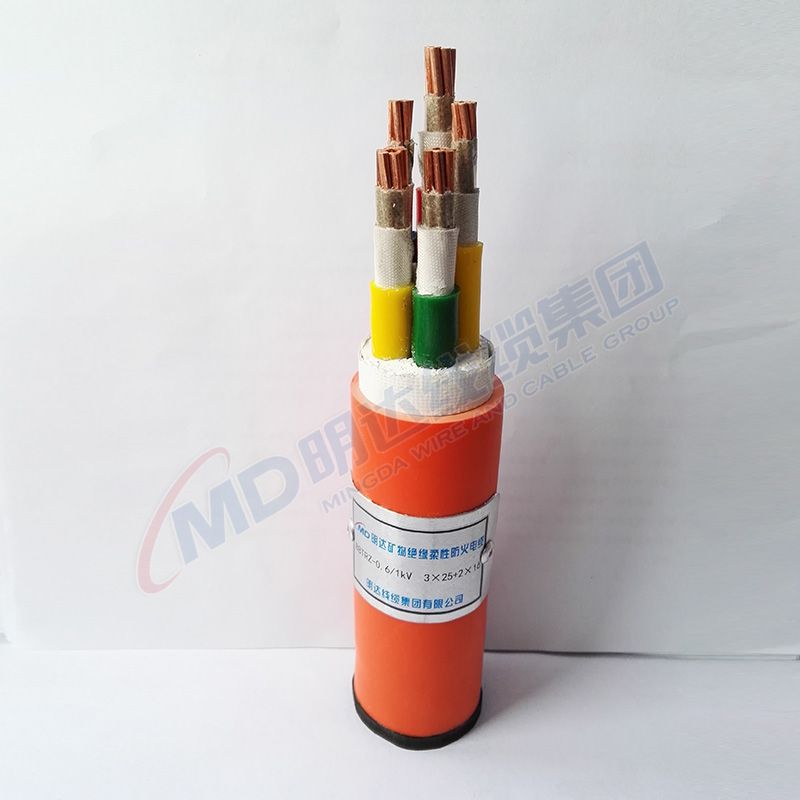Nov . 19, 2024 18:43 Back to list
check valve with counterweight
Check Valve with Counterweight Enhancing Fluid Control in Engineering Applications
In the world of fluid mechanics, the efficiency and reliability of systems depend heavily on the effectiveness of valves. One critical component in this realm is the check valve, which ensures that fluid flows in only one direction, preventing backflow and maintaining the integrity of the system. Among various types of check valves, those with counterweights offer unique advantages that enhance fluid control, increase efficiency, and prolong the lifespan of the system.
Understanding Check Valves
Check valves, also known as non-return valves, are designed to allow fluid to flow in one direction while automatically blocking it in the opposite direction. This functionality is crucial in preventing reverse flow, which can lead to system damage, inefficiency, and even catastrophic failures. Traditional check valves utilize various mechanisms, such as spring-loaded devices or gravity, to perform their function. However, check valves with counterweights combine gravitational force with fluid dynamics to improve performance.
The Role of Counterweights
Counterweights in check valves play a pivotal role by providing additional mechanical advantages. The counterweight is typically attached to the valve's movable component, often referred to as the disc or flap. By adjusting the mass of the counterweight, engineers can fine-tune the opening and closing response of the valve. This is particularly beneficial in large-scale applications where the pressure differential can be significant.
When fluid flows through the valve, it exerts pressure on the disc, pushing it toward the closed position. However, the counterweight assists this movement by providing a proportional force that ensures the disc closes promptly in response to reverse flow. Conversely, during normal operation, when fluid pressure is present, the counterweight aids in keeping the valve open. This balance allows for smoother operation and minimizes the risk of slamming, which can be detrimental to system components.
Advantages of Check Valves with Counterweights
check valve with counterweight

1. Improved Performance Check valves with counterweights demonstrate better responsiveness to changes in flow conditions. The added mass helps to stabilize the valve’s operation, resulting in quicker closing times when fluid reversal occurs. This sensitivity is crucial in high-velocity systems, such as those found in water treatment plants or chemical processing facilities.
2. Reduced Wear and Tear The mechanical assistance provided by counterweights helps to reduce the stress on valve components. Traditional check valves can experience significant wear due to rapid opening and closing cycles, leading to maintenance issues and replacements. In contrast, counterweighted valves tend to exhibit less wear, extending their operational lifespan and reducing overall maintenance costs.
3. Higher Efficiency By optimizing the performance of the valve, counterweights can also contribute to the overall efficiency of the system. They allow for a more controlled flow rate, reducing turbulence and energy loss associated with backflow. This efficiency not only saves on energy costs but can also improve process outputs in industrial applications.
4. Customizability Engineers can tailor check valves with counterweights to meet specific system requirements. By adjusting the weight and positioning of the counterweights, it is possible to create customized solutions that account for varying fluid characteristics and operational conditions. This adaptability makes counterweighted check valves suitable for diverse applications, from municipal water systems to high-pressure gas pipelines.
Applications Across Industries
The use of check valves with counterweights spans a wide range of industries. In the water and wastewater sector, these valves help manage flow in treatment facilities, ensuring contaminants do not flow back into clean water supplies. In the oil and gas industry, counterweighted check valves play a crucial role in preventing backflow during extraction and transportation processes. Additionally, in HVAC systems, these valves help maintain pressure and efficiency, ensuring optimal performance in heating and cooling applications.
Conclusion
Check valves with counterweights represent a significant advancement in fluid control technology. Their ability to enhance performance, reduce wear, and improve system efficiency makes them a valuable component in numerous engineering applications. As industries continue to seek more reliable and efficient solutions, the adoption of counterweighted check valves will likely grow, contributing to safer and more effective fluid management systems worldwide. Embracing this technology not only ensures the integrity of fluid systems but also paves the way for innovations in engineering practices across various sectors.
Share
-
Advanced Technology in Wire and Cable FactoryNewsAug.19,2025
-
Applications of Ball Check Valve in Water Treatment PlantsNewsAug.19,2025
-
How Osy Gate Valve Ensures Leak - Tight SealingNewsAug.19,2025
-
Selection Criteria for Wafer Type Butterfly ValveNewsAug.19,2025
-
Threaded Ball Valve Pressure RatingsNewsAug.19,2025
-
Y Strainer PN16 Cost - Effectiveness AnalysisNewsAug.19,2025


